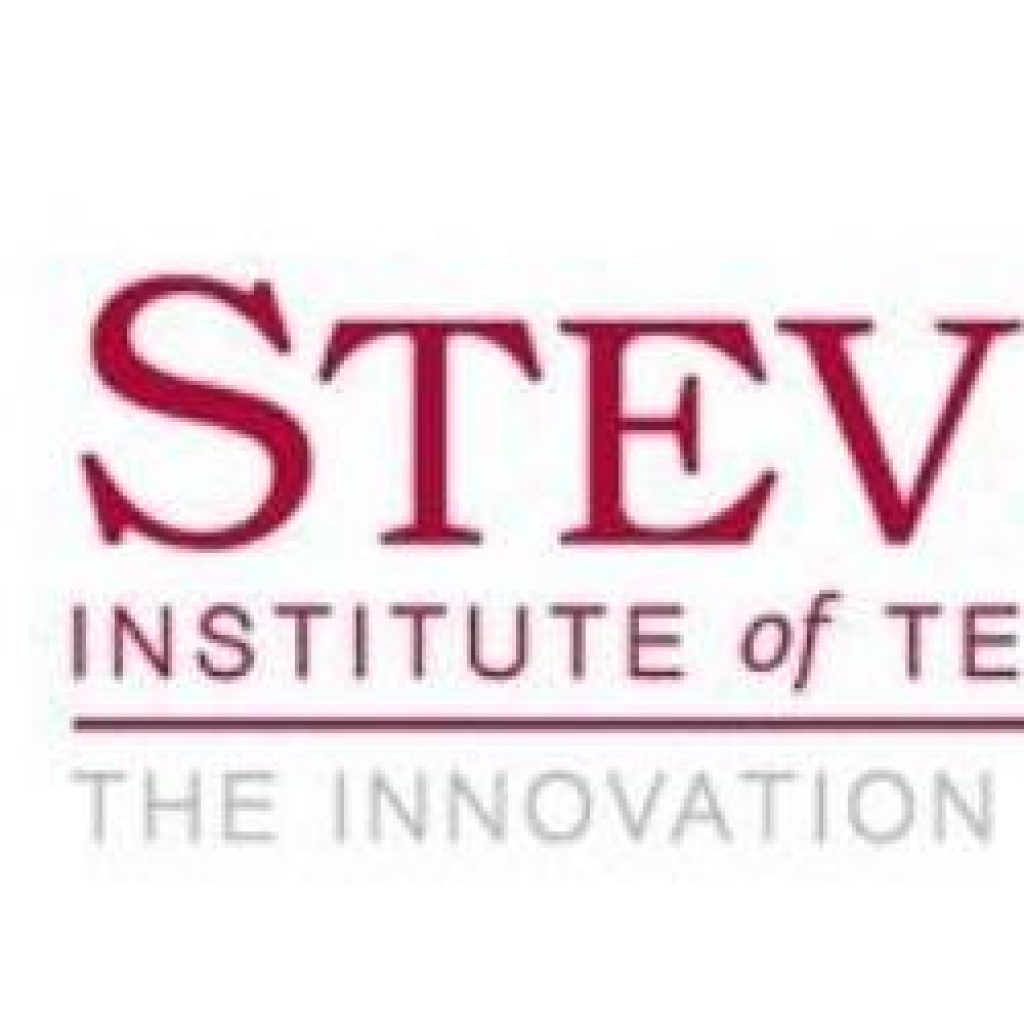(SciTechDaily) Super-fast quantum computers and communication devices could revolutionize countless aspects of our lives — but first, researchers need a fast, efficient source of the entangled pairs of photons such systems use to transmit and manipulate information. Researchers at Stevens Institute of Technology have now done just that, creating a chip-based photon source 100 times more efficient than previously possible. The work brings massive quantum device integration within reach.
“It’s long been suspected that this was possible in theory, but we’re the first to show it in practice,” said Yuping Huang, Gallagher Associate Professor of Physics at Stevens and director of the Center for Quantum Science and Engineering.
To create photon pairs, researchers trap light in carefully sculpted nanoscale microcavities; as light circulates in the cavity, its photons resonate and split into entangled pairs. But there’s a catch: at present, such systems are extremely inefficient, requiring a torrent of incoming laser light comprising hundreds of millions of photons before a single entangled photon pair will grudgingly drip out at the other end.
“This is a huge milestone for quantum communications,” said Huang, whose work appears in the December 17, 2020, issue of Physical Review Letters.
The ultimate goal, Huang said, is to make quantum devices so efficient and cheap to operate that they can be integrated into mainstream electronic devices. “We want to bring quantum technology out of the lab, so that it can benefit every single one of us,” he explained. “Someday soon we want kids to have quantum laptops in their backpacks, and we’re pushing hard to make that a reality.”
Entangled Photons Created 100 Times More Efficiently Than Previously Possible; Brings Quantum Device Integration Within Reach
